2024 October round up

Welcome to the October round-up newsletter. A monthly letter about everything that has happened inside and outside the tea nursery.
"Downtime"
Autumn is here, everyone! Leaves are turning colour, the weather is cooling down, the morning mist has come back to our valleys, and we are, of course, still harvesting tea. This autumn, we are almost fully focused on production for autumn tencha. Demand for matcha, both for drinking and for latte or other cooking usages, seems to have no end.
Usually autumn marks a more low time in the farming cycle, and that means more time for creative projects and personal time. In my case, this month and also part of September has meant taking a lot of rest whenever I could have it. Farming and university studies have kept me busy this past month.
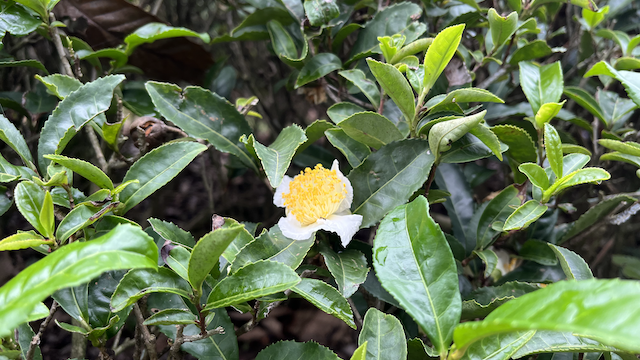
Recent Activity
Nonetheless, on reflection, I have found myself surprised at how much I have achieved in preparations for projects for the blog. The public side of the blog has remained quite calm, with only the State of the Nursery 2024 published in mid-October and the Okuyutaka blog post at the end of September.
Nonetheless, under the surface, there has been a lot of research done for the next cultivar post, about the mysterious number two cultivar in Japan, Yutakamidori. It is an unregistered cultivar, but nonetheless, it became the second most grown cultivar in Japan. As an unregistered cultivar, there is not much information available; fortunately, I was able to exchange some thoughts about it with a researcher from Shizuoka.
While some of the information I could find through the usual resources I use, it was interesting to see a personal perspective on it through the lens of a tea researcher. I am in the midst of writing the article and I am still debating on how to mix the few research materials I found with a more opinionated view. It will for sure be a different format than usual. I could also find some interesting tidbits to add to my knowledge vault for other cultivars, and I really look forward to starting to write more about them.
As for the cultivar resource page, there has only been a bit of small modifications here and there, notably the addition of many development names for some cultivars.
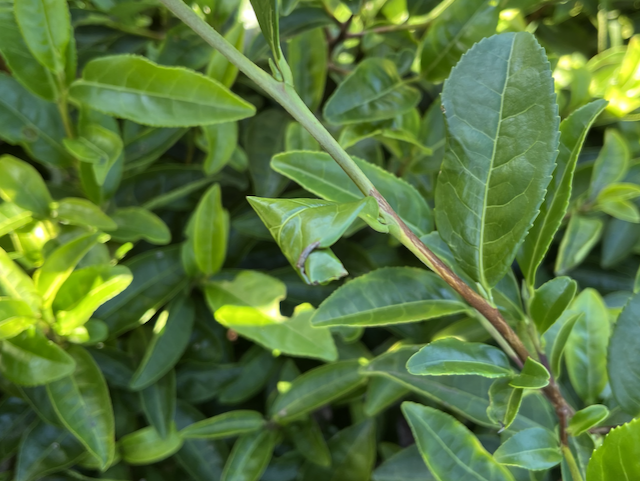
What is next
This month I have also been working on an interesting project I have been wanting to explore for a long time. Many times I have expressed wanting to release more tools and materials to promote Japanese tea and tea cultivars. Education is at the core of why I started publishing in the blog after all. Recently I have been exploring the idea of an app for tea cultivars. It is something you could do in an Excel sheet and just share online, I know, and I actually already did it, but as a farmer and as a cultivar nerd (wow, can’t believe I have said it) I found myself looking at my notes on my phone or laptop whenever I need to consult a cultivar name or date, etc.
While I do usually have that information, it is also most commonly buried in a Japanese scientific paper on my laptop. So to surface the most interesting points, I have been prototyping an app for quickly accessing that information.
Just a heads up, this might never get published. I am no programmer by any stretch of the imagination. I just like to learn stuff, and this mixes two of my favorite topics: technology and tea! Maybe it will be published or maybe not, but if you have a need for such a tool, I would like to know what you would like to see in an app like this. Reach out!
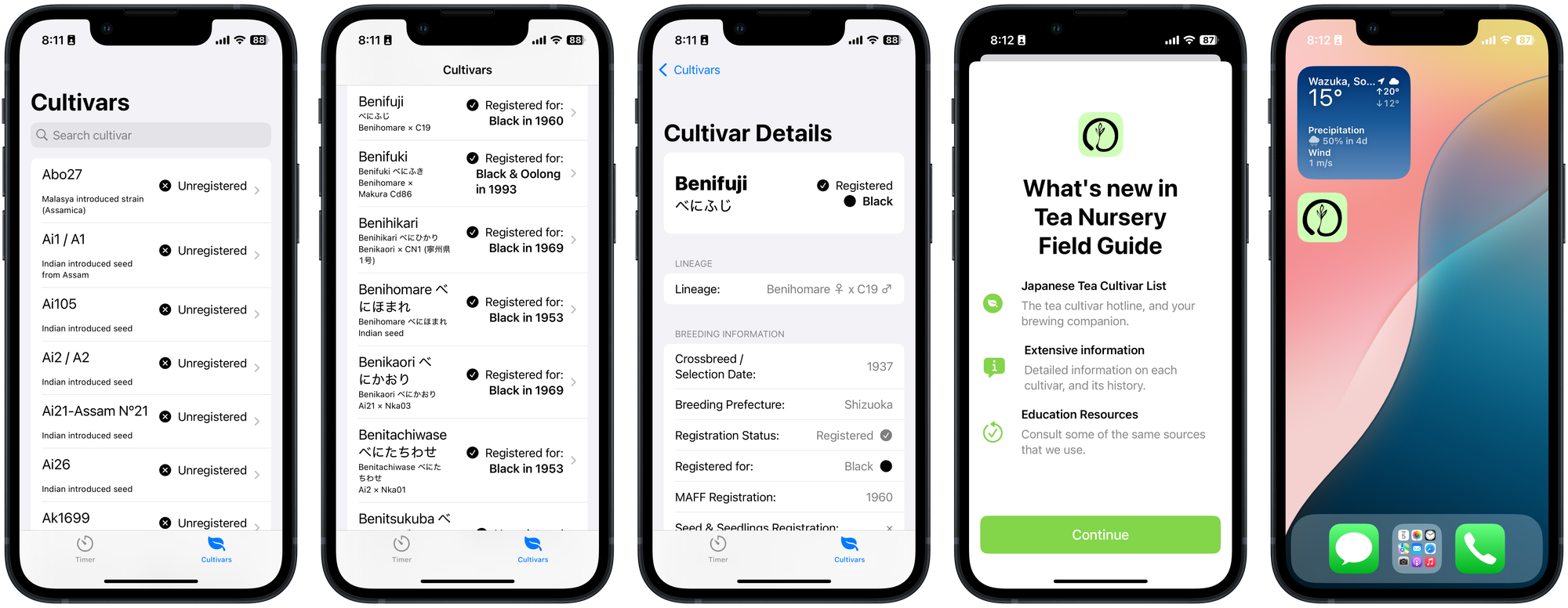
While I have been busy with having fun prototyping the app, I also have been hard at work at the farm helping out in any way I can. One of the activities I have been able to take part in is a few handrolling tea events at work and also a training session at the Wazuka Handrolling Preservation Society. In fact, I am humbled to be able to join as a member of the preservation society, and this next 14th and 15th of November I will be joining some of its members at the National Handrolling Competition. Which makes me quite nervous about my poor ability, but I am looking forward to meeting with so many farmers and learning from them. I will for sure make a report about it in due time.
On December 14th, the Kamikatsu Village in Tokushima Prefecture will hold again its Awabancha festival. I was able to visit it last year, and both the village and the people there made a big impression on me. If you are in Shikoku Island during those dates, I highly recommend you stop by; the area is amazing, and the village is home to a dynamic mix of people. They are also famous for their citrus fruits and for their recycling center (I know it sounds strange), which is where the festival takes place every year.
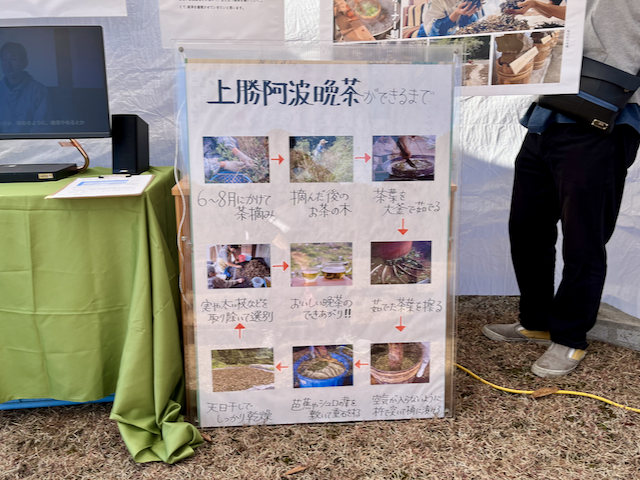
Books and other fun stuff
The only books I have touched this book pretty much have been the textbooks for university, and let me tell you Japanese grammar is not my favourite. Nonetheless, I have found a great book series; in fact, there is a book for every single prefecture of Japan. Kikigaki Kyōto no shokuji by Nôsan Gyoson Bunka Kyôkai - 1985. 聞き書京都の食事. 農山漁村文化協会, 1985.
This series is a book that illustrates the diet and regional foods of each prefecture through interviews of its residents. The books were written sometime in the mid 80’s and are the perfect example of how the diet of the early 1900’s was. I have been reading part of the Kyoto Prefecture book, and although it is a thick read for my current level of Japanese, it has been fascinating to read about the foods that Wazuka and the villages around us, like Minami-Yamashiro and Kasagi, had. There is, of course, tea involved in it, and also food that was easy to carry to the mountains with you. If you live in Japan and want to learn more about the native ingredients of the prefecture you live in, these books are sure to be full of information.
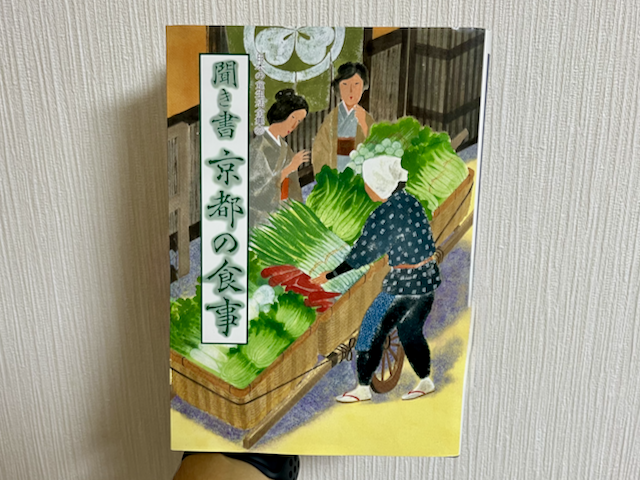
This month I have also been invited to the Specialty Matcha Podcast to talk about cultivars (surprising, I know). The episode will be released sometime at the end of the year. I will keep you posted when that happens. I remember being absolutely nervous about it, and in fact, I don’t remember much of what I said, but I am sure it will be a thick, deep-dive into tea cultivars. Moreover, I was invited again to participate in the same podcast to talk about the current matcha situation, mainly due to the Maryuku Koyamaen announcement regarding its implementation of buying limits due to the low stocks of product across the board. You can listen to the podcast in the link above or in the embedded player below.
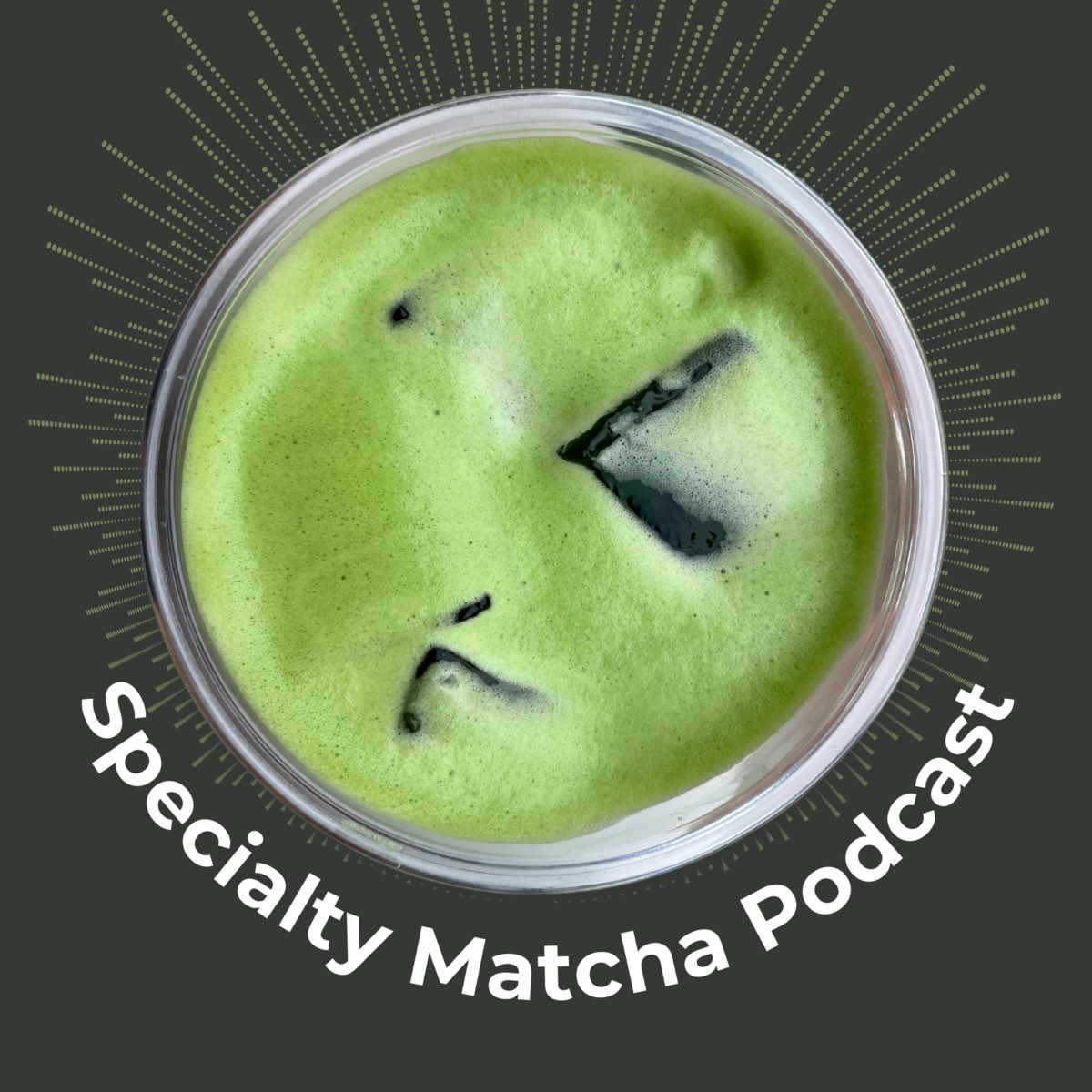
This has surfaced something that has been an upcoming topic for a while, and while I could not join the podcast due to time limitations, I sent Ryan and Zongjun a lengthy text expressing my point of view so they could comment on it. That lengthy PDF to them I sent is going to most likely be published in the blog at some point too. I would like to take the time to structure it a bit more as it was written in a rush and with a bit too much of a hotheadedness tone.
Wow, that was a packed month.
That is it for this month. As always, you can help the blog by sharing this newsletter or any of the blog posts and sharing it with a friend or family member who could enjoy it.

